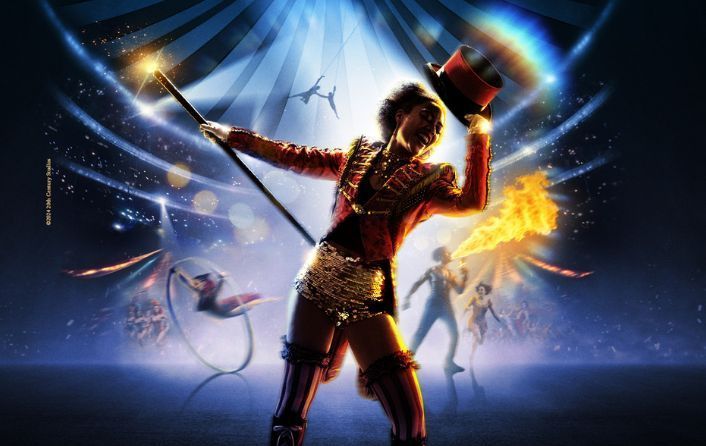What animals can you expect to see at the circus?

Until quite recently, wild animals were a key attraction at circuses. Whether simply displayed for audiences to admire, facing trainers in a kind of combat, or performing tricks, animals such as elephants, lions, tigers, camels - and even polar bears and giraffes - were a big part of the circus act.
History of wild animals in circuses
Wild animals were first introduced to circus acts in around 1831. They soon became a popular feature, with Phineas Taylor Barnum (on whom The Greatest Showman is based) remarking, “Elephants and clowns are the pegs on which to hang a circus”.
During the 19th century, American and European circuses took a very different approach to animal acts. In America it was common to see trainers use a rough, fighting style in a cage with a lion or tiger, demonstrating their superiority over the animal. In Europe, the natural abilities of the animal were showcased, with the animals being presented as obedient and pet-like.
In the 20th century, the use of wild animals in circuses began to be challenged by animal rights activists, who brought the wellbeing of the animals into the public consciousness. Ticket sales for acts with exotic creatures began to fall, and animal-free circuses such as Cirque du Soleil gained popularity instead. It wasn’t until 2019, however, that a bill banning wild animal use in circuses came into effect in England. Over 50 countries across the world have similar bans.
Domestic animals
Some circuses in the UK still use domestic animals such as horses and dogs in their shows. Equestrian acts might include voltige, where a rider vaults on and off the horse’s back; trick riding, where riders would perform somersaults on the horse; and high school, an elaborate form of dressage. Sometimes horses are also trained to perform tricks such as walking on their hind legs, knocking on a door or retrieving objects. Acts involving dogs often showcase their ability to do tricks, such as jumping over one another, leaping through hoops, walking on their hind legs, and performing somersaults. Some shows also use birds, which do tricks such as flying through hoops, walking across poles and perching or flying on command.
The ethics of using animals in circuses
Animal rights groups continue to argue that the use of any animal in a circus environment is unethical. Concerns include the training methods used to get animals to perform tricks, their welfare while travelling, and the stress that they may endure while exposed to the loud music and bright lights of arenas. For this reason, many audiences continue to favour circuses with only human acts, such as Cirque du Soleil and Come Alive live.
The Come Alive show features a company of world-class performers, from jugglers and singers to acrobats and aerialists, bringing the joy of circus to London. With songs from The Greatest Showman and a story inspired by the film, it’s a fabulous celebration of skill and dedication. Playing until 5 January 2025, the Come Alive musical is not to be missed! Book your tickets with KX Tickets today.


